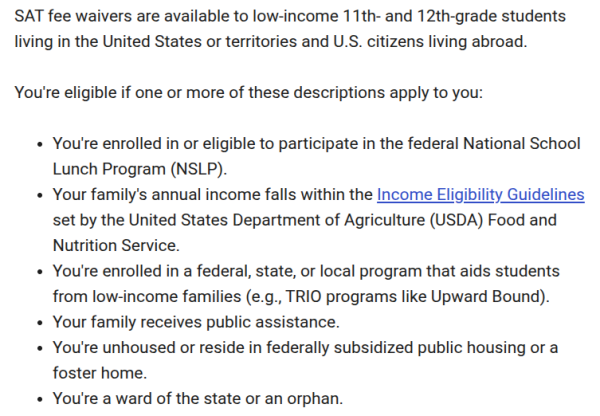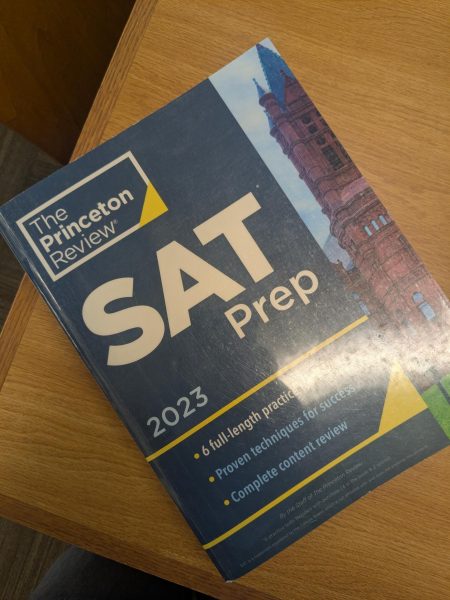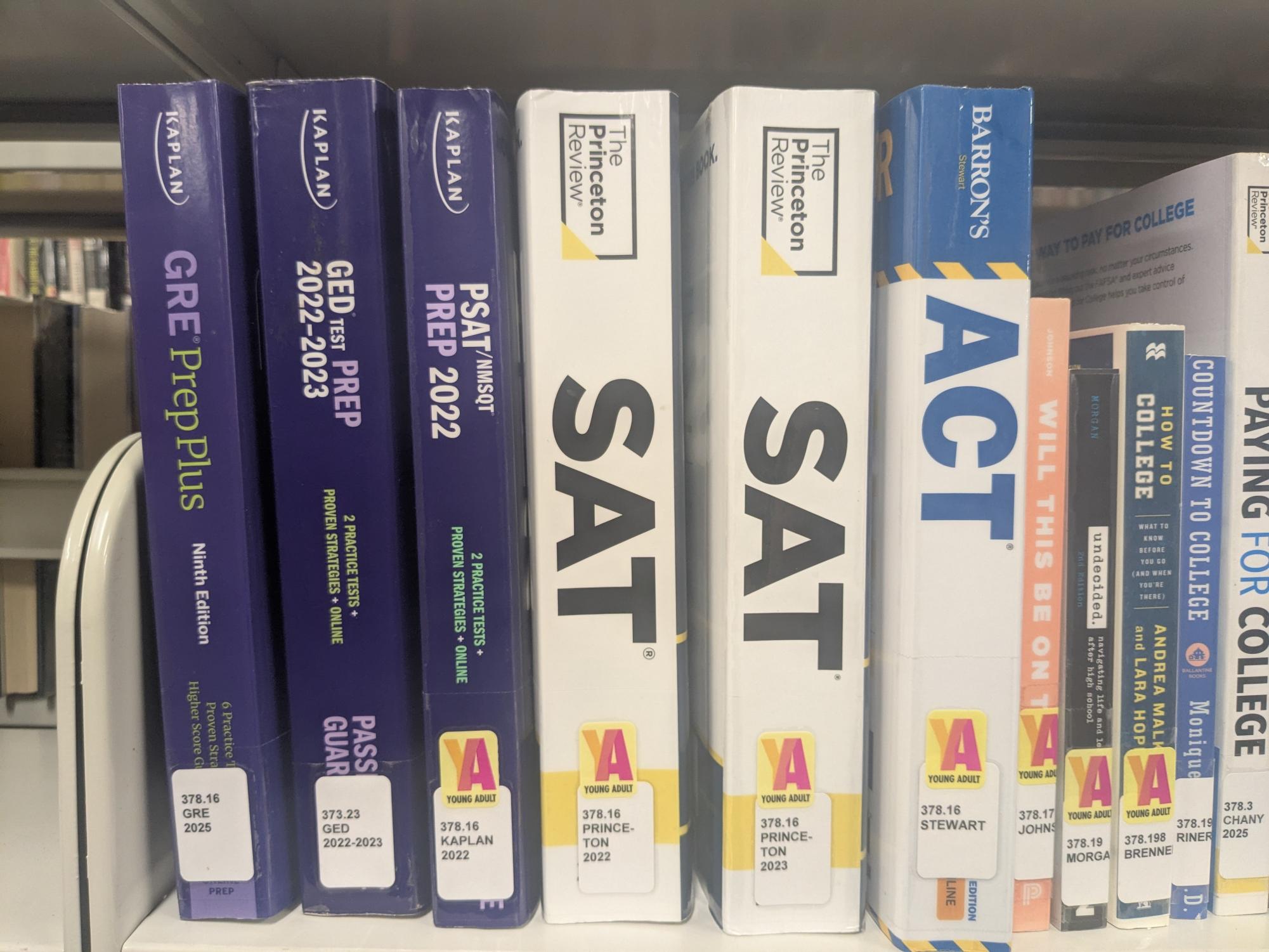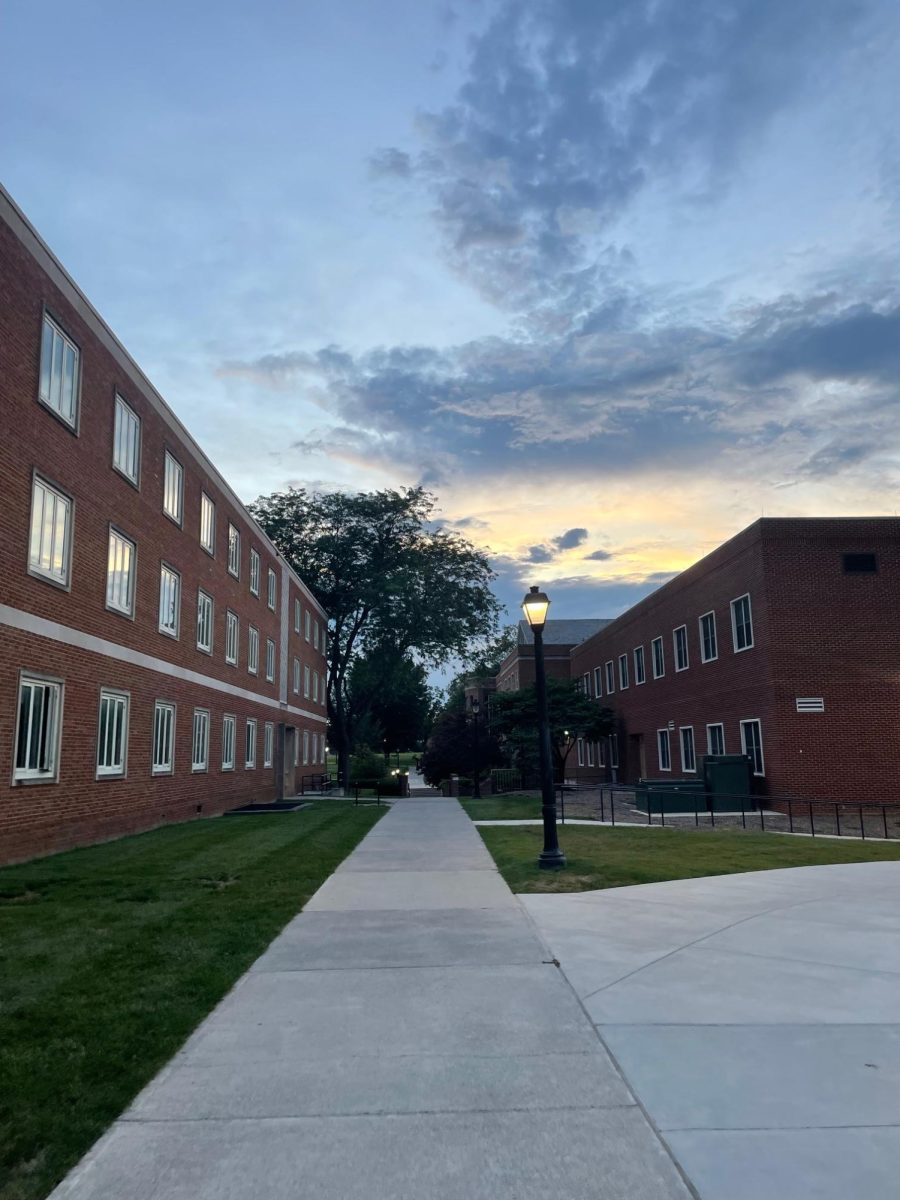Months of practice tests and daily review all lead up to one day, one test—the SAT. Since the early 20th century, colleges and universities have used the SAT when making admission decisions. By factoring in the SAT, college admissions officers can compare applicants more easily because it’s a common data point.
However, since the COVID-19 pandemic, an increasing number of colleges have been moving away from requiring applicants to submit standardized test scores. In fact, more than 80% of colleges are now test-optional. While these schools may be test-optional, it doesn’t mean applicants can’t submit their scores.
“Some schools even claim not to use the SAT scores submitted at all in the evaluation process,” Pathway Advisor Brice Wilson said. “Though this is the case, many schools will still look at the submitted scores as a way to help them understand you as a student and improve your odds of getting accepted.”
Even as some schools move away from standardized testing, others are reinstating the requirement for applicants to submit their SAT scores. According to US News, these schools include many Ivy League schools such as Dartmouth College, Brown University, and Yale University.
I believe colleges and universities should not require applicants to submit their standardized test scores; instead, they should implement test-optional policies.

The SAT has the potential to benefit wealthier students unfairly. According to College Board, registration for the SAT costs $68, but students can pay to take the test as many times as they want. However, to qualify for a fee waiver and receive two free SAT tests, students have to meet one of six requirements posted on College Board’s website.
Afterward, when students receive their SAT scores and put them on their Common App, they have the option to increase their score through a process called superscoring.
“Superscoring is taking the test multiple times and getting the best score possible,” senior Bayleigh Michael said. “The test is split into two parts, each with an individual score, so superscoring is taking the best of any of those two scores.”
Students who can afford to take the test multiple times have more opportunities to earn a better score through superscoring, whereas students who rely on the fee waiver only have two chances.
Because of this, according to The Harvard Gazette, “Children of the wealthiest 1[%] of Americans were 13 times likelier than the children of low-income families to score 1300 or higher on SAT.”
Moving towards test-optional policies also benefits students who struggle with test-taking. A study from the National Library of Medicine estimated that 25-40% of students face text anxiety. Test anxiety can inhibit working memory, leading to lower scores on tests.
“[Through test optional policies] students who find tests challenging and may have a learning disability that will affect their [score], will not be required to take the test, allowing them not to be evaluated for something that may not be one of their strengths,” Wilson said. “The school can evaluate them as a whole person with many other strengths.”
On the other hand, some people believe the standardized test score requirement should remain in place because it allows colleges to select students who are likely to succeed in their programs.
According to a study conducted by the National Association for College Admission Counseling (NACAC), the scores students earn on the SAT are often reflective of their college grades.
However, while some studies support that standardized tests may be a strong predictor of college success, others prove that high school grades are often a better predictor. Part of this is because, to succeed in college, students need to know how to research and write effectively, and the SAT does not test these skills.
Test-optional policies can also lead to a potential downside, as they can create SAT score inflation.
“Many schools’ test score averages have started to rise now that students submitting these [SAT] test scores are students who have done extremely well,” Wilson said. “As a result, this hurts students who take the test and do well,

but maybe not as well as the averages, who then choose not to send in their scores.”
The process of applying to most colleges is much more than just submitting a transcript. It involves countless hours spent writing essays, completing activity lists, and requesting teacher recommendations. Taking the SAT and scoring well is just one more thing students have to worry about during their already-stressful last year of high school. By implementing more test-optional policies, which would streamline the college application process, universities can increase and diversify their applicant pool.
“I like test-optional policies,” Michael said. “I think they allow schools to pick based on other criteria than just academics, which is very limiting for less academically focused students. Also, it costs money, so students who don’t want to spend money on their SAT don’t have to.”








